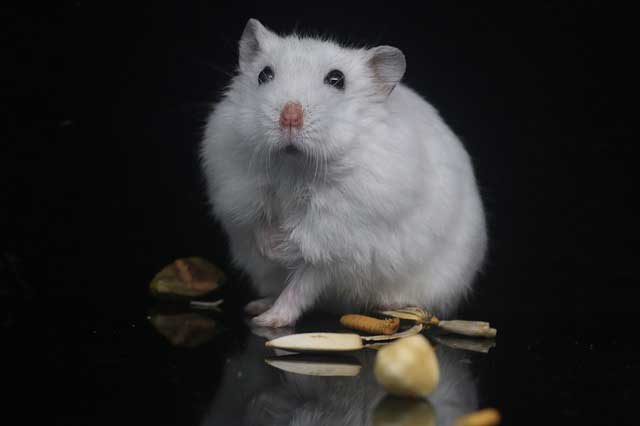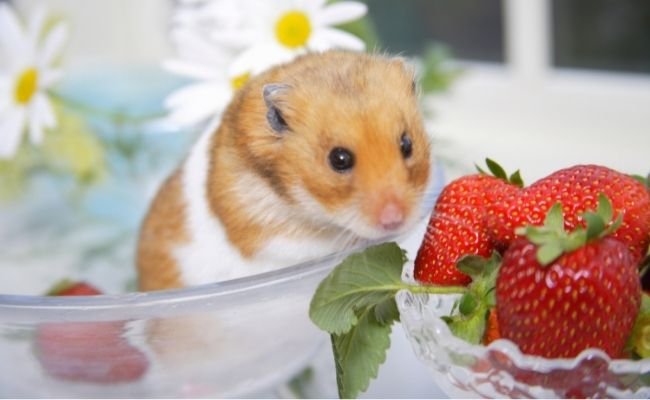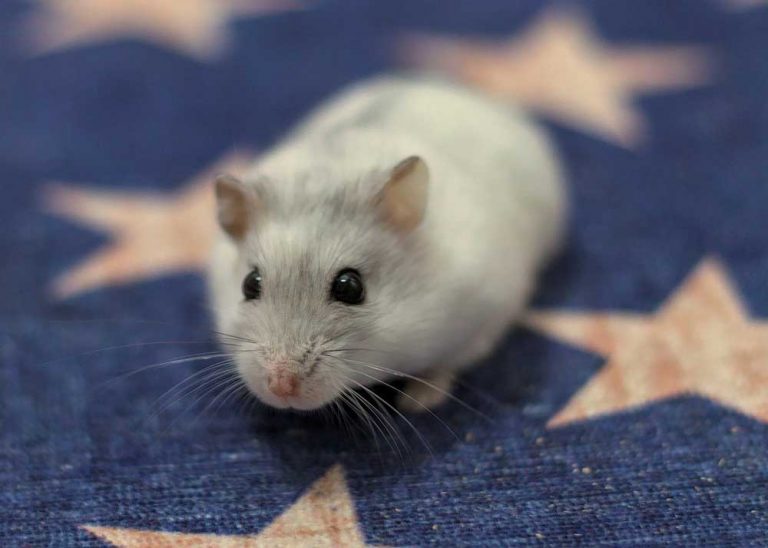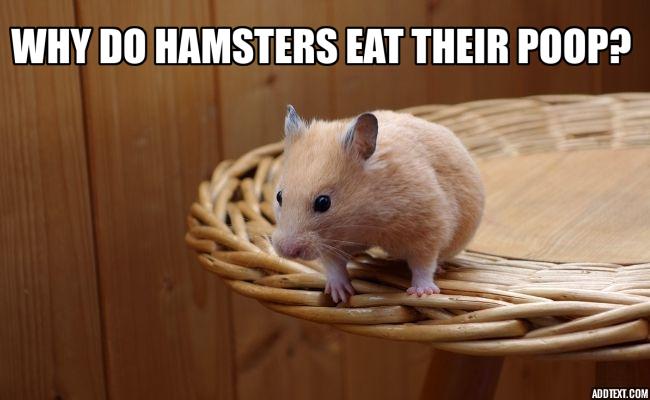Can Hamsters Vomit?
Hamsters are small animals with a big appetite. They will heartily eat everything you hand them.
They enjoy having veggies and fruits as treats apart from their main food mixes. Sometimes you may see your hamster spitting things from their mouth making you wonder if they are vomiting what you just fed them.
But is it possible for a hamster to vomit? Let’s find out.
Can hamsters vomit?
Hamsters cannot vomit. This is because they do not have a gag reflex, lack the brain stimulation required to make them vomit, have delicate diaphragm muscles, and stomachs that are not structured to push things up their gut. You should ensure that you put away things that could choke them, be toxic to them, and that you feed them only safe foods.
Why does vomiting happen
Vomiting is the process of expelling things from the stomach. It is a defense mechanism of the body to protect itself from harmful things that may have been ingested.
When animals and people vomit, it’s usually because of various reasons including:
- Pregnancy – a pregnant female will vomit as the body tries to adjust to the changes in the body. Animals can vomit when pregnant too.
- Emotional imbalance – sometimes one can experience emotions that are too intense and the body will try to cope with vomiting. It could be due to anxiety, fear, or excessive excitement.
- Illness – vomiting is a sign of illness in many animal species and humans too. When sick, food may irritate the lining of the stomach making the body expel anything that is ingested.
- Choking – when one chokes, they cough hard to try and expel whatever is stuck in their throat. This may lead to vomiting because the same muscles used in coughing are the same muscles that are used in vomiting.
- For defense – some animals like the turkey vulture will vomit on predators to sting them with their acidic puke and also become light enough to escape.
Why are hamsters unable to vomit
Hamsters and other rodents in general are not capable of vomiting. Even when given vomit-inducing drugs they have been unable to vomit.
The reasons behind their inability to throw up are:
- The lack of a gag reflex – the gag reflex is the trigger of the back throat to prevent swallowing.
- Delicate diaphragm muscles that are not strong enough to facilitate vomiting.
- Small stomachs which have not been structured to push things up the gut.
- No brain coordination to stimulate throwing up when it’s necessary.
What happens when hamsters ingest something harmful
Vomiting helps in many ways and mainly getting rid of harmful things that have been ingested. Because hamsters cannot vomit, they are at high risk of dying in case they ingested something toxic.
In the wild, if a hamster eats something that makes them sick, they will ingest clay. The clay is eaten so that it may stick to the harmful matter and be egested with it.
A domesticated hamster will have no clay to help them out so you should always be watchful of your pet to ensure they do not eat something poisonous to them. If they do, seek a vet right away.
Given their small bodies, poison can act very fast on them and you can lose your pet just as quickly.
Signs that your hamster ingested something poisonous
Your pet could eat something toxic without you knowing. Keep an eye on them for the following signs:
- Difficulty when breathing.
- Lethargy and inactivity.
- Breathing fast.
- Drinking a lot of water.
- Loss of appetite.
- Not grooming themselves.
How to prevent your pet from being poisoned
Since hamsters cannot vomit toxic things to prevent poisoning, you should play the part of helping your pet not ingest the toxic things instead.
You can do this by:
Put away choking hazards
You should always ensure that everything in their cage is in order. If anything breaks off from the cage accessories like their toys, take it out and throw it away before they ingest it. Also, avoid cotton bedding.
If your pet is out of their cage, ensure that you have put away anything that can choke them if they ate it. Small items lying around can easily be ingested and choke your pet.
Keep your pet away from house plants
Most house plants are toxic to pets and they should be kept away from their reach. Your curious and adventurous hamster could chew on some of these toxic plants unknowingly.
Examples of toxic houseplants for hamsters include cacti, azaleas, lilies, ferns, and ivy. Keep your pets away from these plants.
Don’t feed them toxic foods
There are foods that are toxic to hamsters and they should never be fed to them because they can be fatal. Before giving your pet any food, always ensure that it is safe for them.
Some toxic foods that should never be fed to hamsters are tomato leaves, almonds, chocolate, unwashed fruits and vegetables, garlic, onion, uncooked kidney beans, and even moldy foods. Remember that if they were to ingest these foods, there would be no way of them coming back up.
Provide your pet with a hamster ball
A hamster ball will be very helpful when you want to take your pet out of their cage but there is the risk of them ingesting something harmful.
Putting your hamster in a ball will help them roam your house while staying safe at the same time.
Conclusion
Hamsters cannot vomit. This is because they lack the brain stimulation and coordination required to enable them to throw up. They also lack a gag reflex and have weak diaphragm muscles and stomachs that are not structured to move ingested foods up their gut.
If your pet begins having difficulties breathing, becomes lethargic, or is breathing fast, it could be because they ate something toxic and you should take action immediately. Seek a vet to prevent poisoning.
Always put away all choking hazards, keep your pet far from house plants, and ensure that you are feeding them the right foods to keep them safe.
- Can Hamsters Travel in a Car? (Read This First)
- Why Do Hamsters Put Food in Their Cheeks? (Explained!)
- Can Hamsters Live Outside? (What You Should Know)
- Can Hamsters Learn Their Name? (Know The Details)
- Can Hamsters Eat Ice Cream? (Read This First)




![Are Hamsters Nocturnal or Crepuscular? [What Are They Really!]](https://atractivopets.com/wp-content/uploads/2021/03/Hamster-768x511.jpg)


